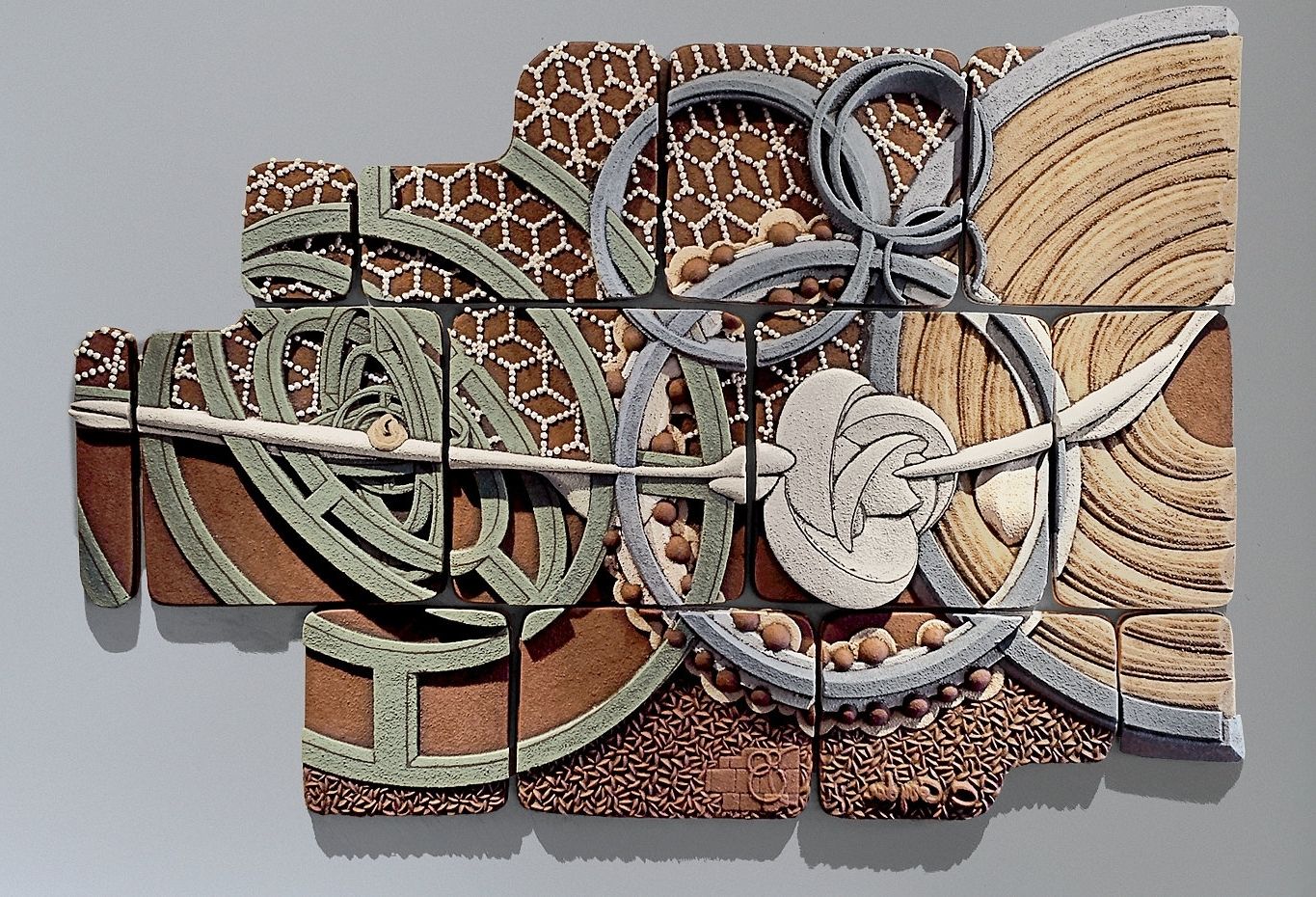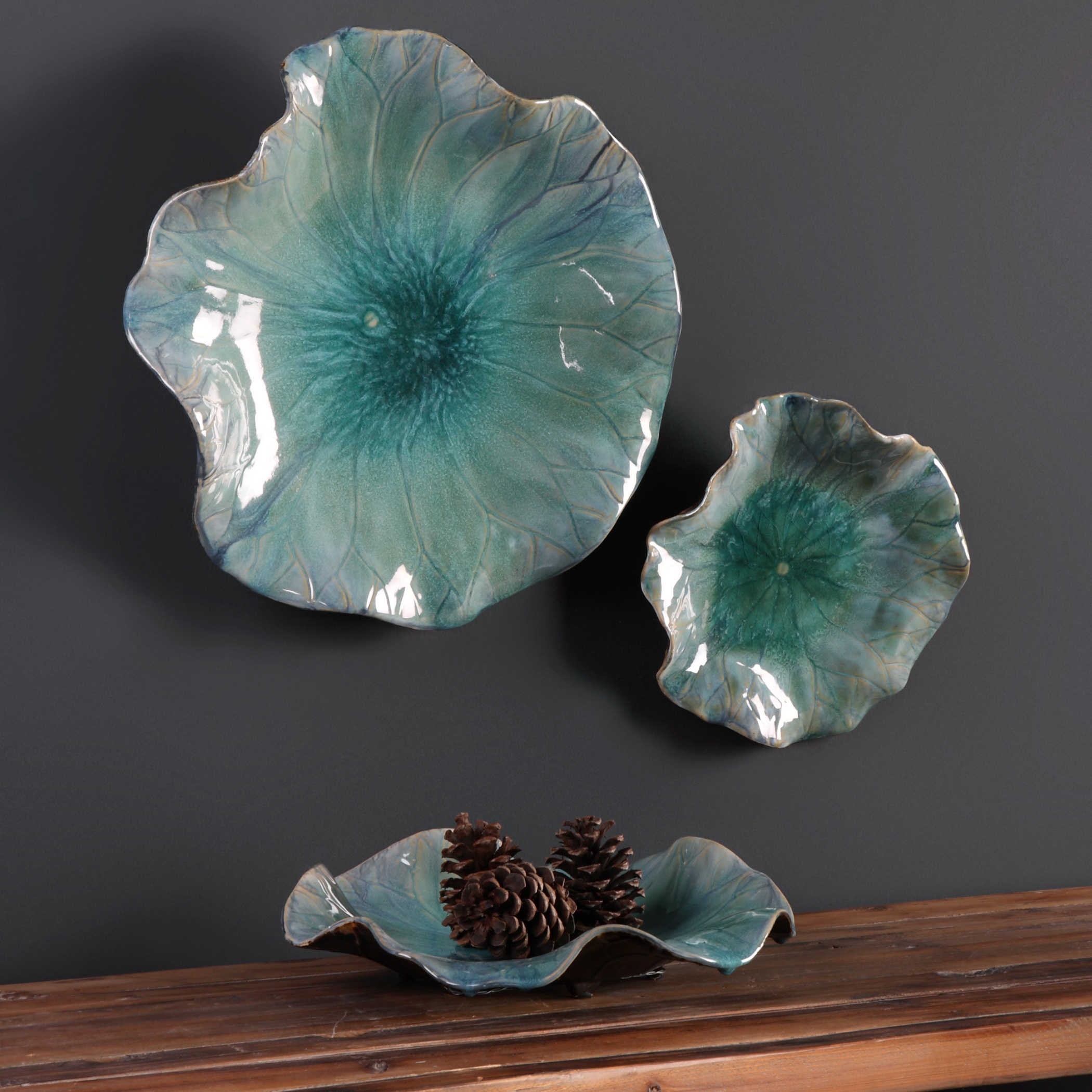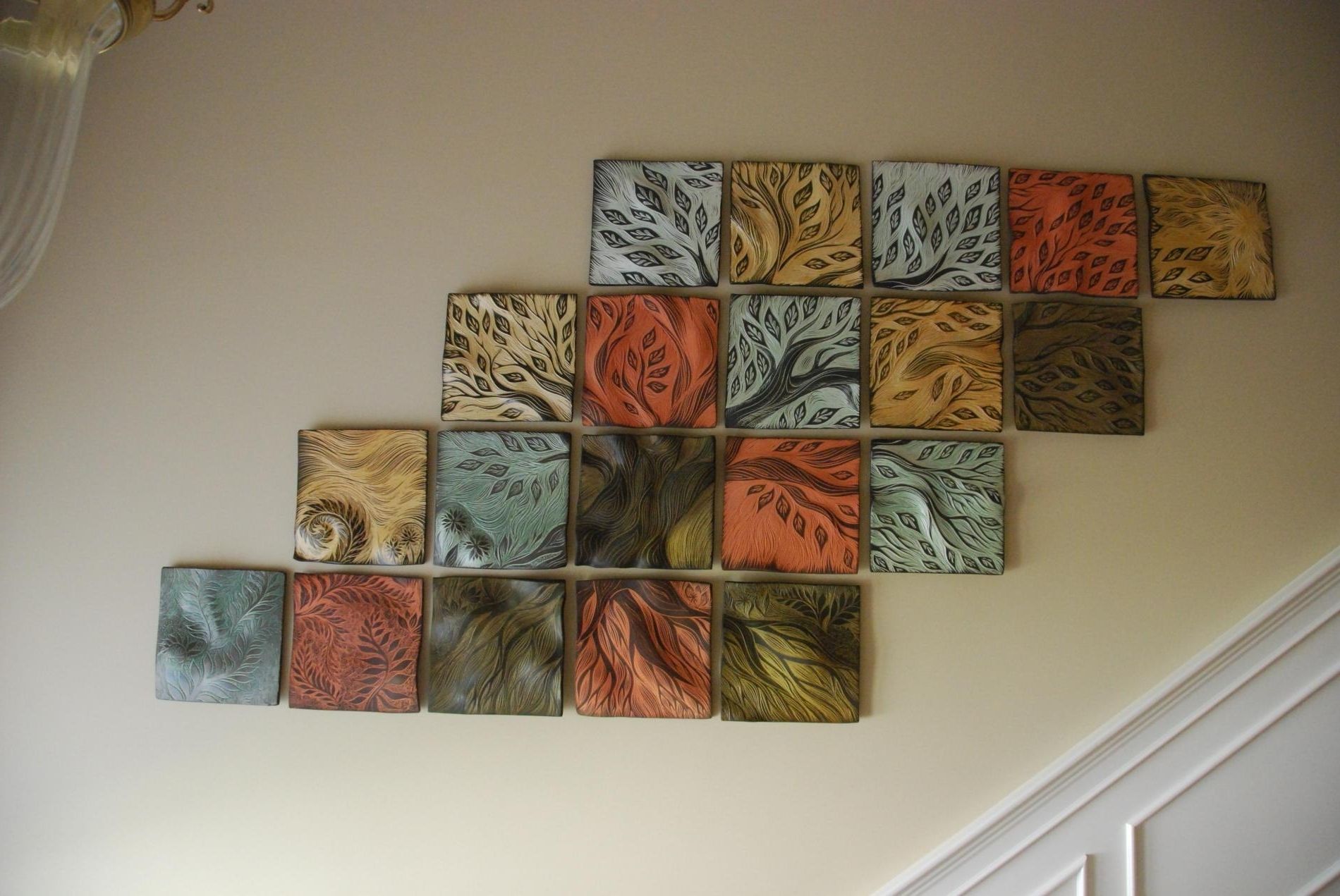Types of Ceramic Wall Art

Ceramic wall art encompasses a diverse range of styles and techniques, from traditional to contemporary and modern. Each type possesses unique characteristics and employs distinct methods of creation.
Enhance your abode with the exquisite beauty of ceramic wall art, adding a touch of sophistication to your living space. For a cohesive ambiance, complement your walls with home goods lamps , casting a warm glow that illuminates your artwork and creates a cozy atmosphere.
Ceramic wall art not only adds aesthetic value but also offers durability and easy maintenance, ensuring that your home decor remains stunning for years to come.
Traditional Styles
Traditional ceramic wall art often draws inspiration from historical and cultural motifs. Common styles include:
- Tile Mosaics: Intricate patterns and images created by assembling small, colored ceramic tiles.
- Bas-Reliefs: Three-dimensional sculptures carved into a ceramic surface, creating a raised or sunken design.
- Majolica: Glazed earthenware with vibrant colors and intricate patterns, often featuring scenes from mythology or nature.
Contemporary Styles
Contemporary ceramic wall art often incorporates innovative techniques and unconventional materials. Examples include:
- Sculptural Pieces: Three-dimensional ceramic sculptures that are mounted on walls, creating dynamic and abstract forms.
- Mixed Media: Ceramic elements combined with other materials such as glass, metal, or wood, resulting in unique and eclectic designs.
- Functional Art: Ceramic wall art that also serves a practical purpose, such as lighting fixtures or decorative planters.
Modern Styles
Modern ceramic wall art emphasizes simplicity, clean lines, and minimalist aesthetics. Common features include:
- Geometric Patterns: Angular and geometric shapes create striking and contemporary designs.
- Neutral Colors: White, black, and gray dominate modern ceramic wall art, providing a sophisticated and timeless look.
- Textured Surfaces: Glazes and techniques are used to create tactile and visually interesting surfaces.
Applications and Uses of Ceramic Wall Art

Ceramic wall art finds its applications in various settings, including homes, businesses, and public spaces, adding both aesthetic and functional value. Its versatility makes it a popular choice for interior designers and homeowners alike.
Ceramic wall art serves as a decorative element, enhancing the ambiance and creating focal points. It can express personal style and complement existing décor, contributing to the overall aesthetic appeal of a space.
Residential Applications
In homes, ceramic wall art is commonly used in living rooms, bedrooms, and kitchens. It can create a welcoming atmosphere in living rooms, serve as a statement piece in bedrooms, and add a touch of elegance to kitchens.
Commercial Applications
Businesses also utilize ceramic wall art to enhance their spaces. In offices, it can create a professional and inviting atmosphere, while in retail stores, it can attract customers and showcase products. Ceramic wall art can also add a touch of sophistication to restaurants and hotels.
Public Spaces
Ceramic wall art finds its place in public spaces as well. It can brighten up hallways in schools and hospitals, inspire creativity in libraries, and add a touch of beauty to parks and other outdoor areas.
Design and Production of Ceramic Wall Art

Ceramic wall art is a versatile and expressive medium that can transform any space. The process of designing and producing ceramic wall art involves several key steps, from concept development to firing and glazing.
Concept Development
The first step in creating ceramic wall art is to develop a concept. This can be inspired by personal experiences, observations of the natural world, or abstract ideas. Sketching and brainstorming are helpful techniques for exploring different concepts and refining your ideas.
Clay Selection and Preparation
Once you have a concept, you need to select the right type of clay for your project. Different clays have different properties, such as color, texture, and firing temperature. Prepare the clay by wedging it to remove air bubbles and achieve a uniform consistency.
Molding and Shaping
There are various techniques for molding and shaping ceramic wall art, including hand-building, wheel throwing, and slip casting. Hand-building involves shaping the clay by hand, while wheel throwing uses a potter’s wheel to create symmetrical forms. Slip casting involves pouring liquid clay into a mold to create intricate shapes.
Surface Decoration
After the clay has been shaped, you can add surface decoration using various techniques. These include carving, stamping, glazing, and painting. Glazes are a type of glass coating that can be applied to the surface of the clay to create color, texture, and shine.
Firing
The final step in the production of ceramic wall art is firing. Firing involves heating the clay to a high temperature in a kiln. This process transforms the clay into a hard and durable material.
Tips for Aspiring Ceramic Artists, Ceramic wall art
For aspiring ceramic artists, here are a few tips to help you create your own unique wall art pieces:
– Experiment with different clays and glazing techniques to find what works best for you.
– Don’t be afraid to make mistakes. Mistakes are often the best way to learn.
– Be patient. Ceramic wall art takes time to create, but the results are worth it.
– Find inspiration from other artists and explore different styles.
– Practice regularly to improve your skills.
Ceramic wall art brings a touch of elegance and sophistication to any space. Its versatility allows for a wide range of designs, including those inspired by nature. Lemon decor , with its vibrant yellow hues and refreshing aroma, is a popular choice for adding a cheerful touch to a room.
Whether you prefer abstract or realistic depictions, ceramic wall art can capture the essence of lemon decor and elevate your space.